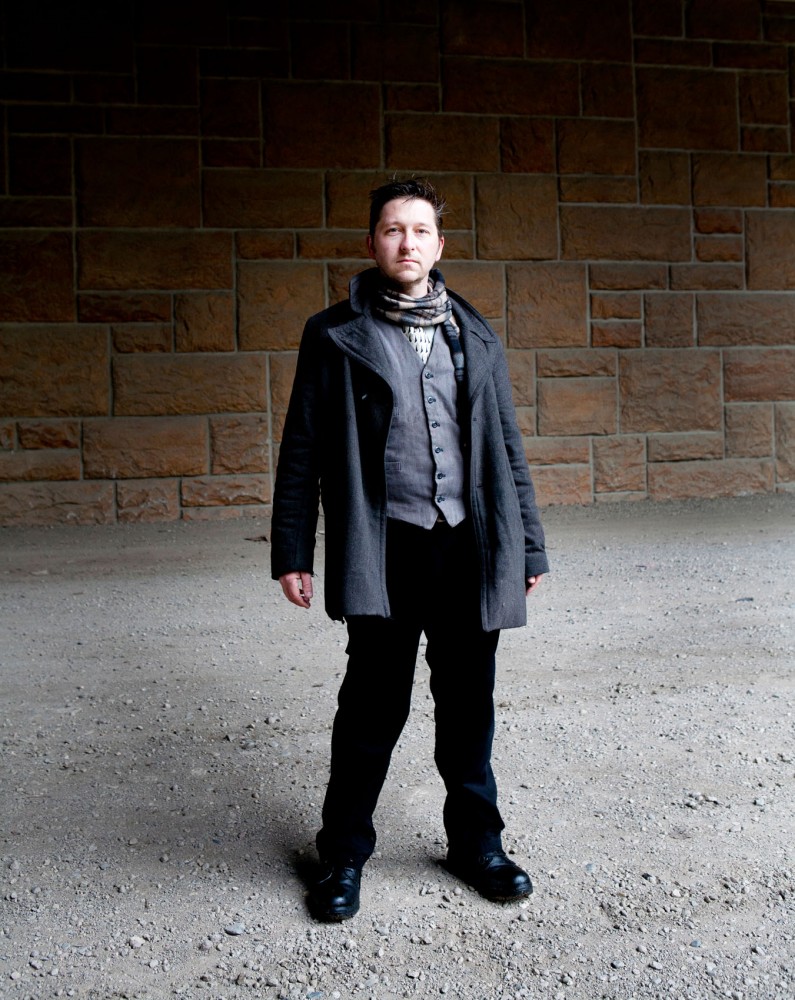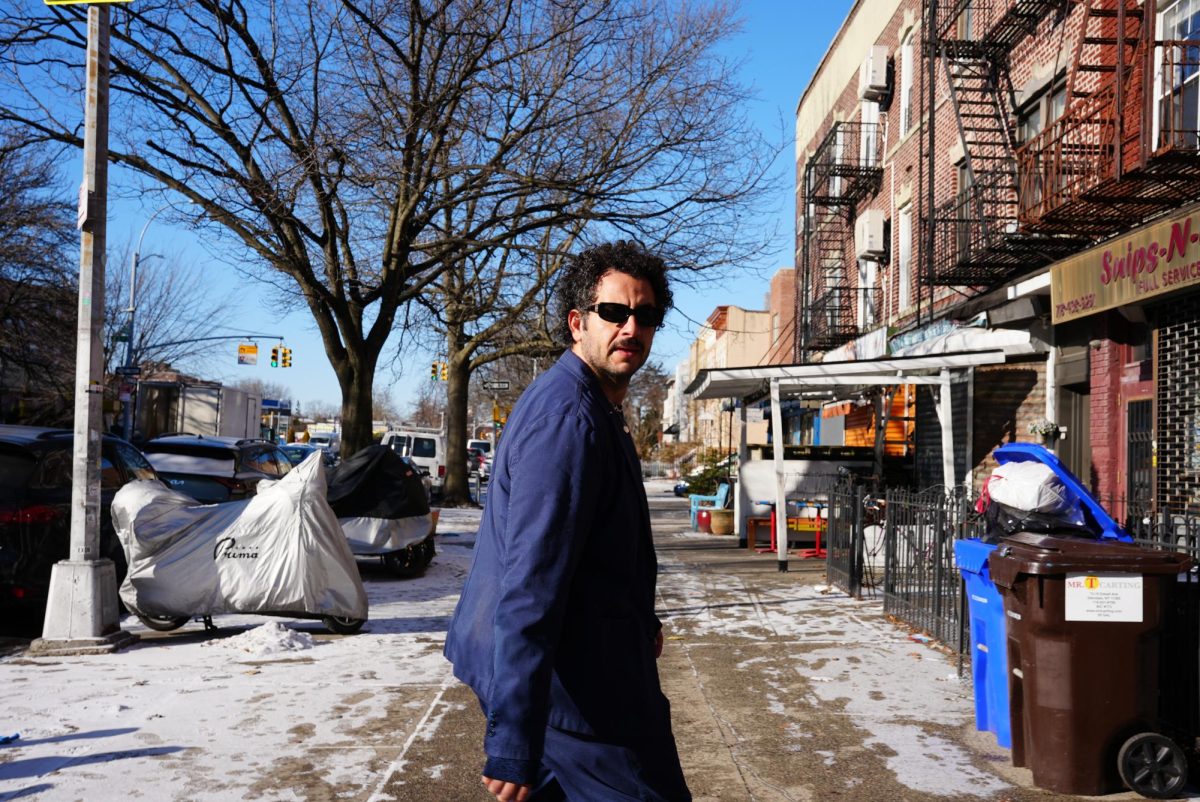The host of a series called Sci-Fi Tuesdays at Club Jager, Callahan is an enthusiastic proponent of science fiction’s migration into the mainstream. His style, which defies sci-fi industry standards, reflects that.
A more appropriate term for Callahan’s work might be sigh-fi, if you can pardon the subgenre invention. Callahan’s stories have highly emotional cores and hinge on relationships. And unlike most sci-fi, Callahan’s prose doesn’t get tangled in the webs of scientific jargon and world-building. His stories take place in the present — a present that includes zombies and the Grim Reaper and haunted cans of Pabst Blue Ribbon.
Twenty-two stories comprise “A Wish Upon a Fallen Sky.” The most intriguing among them is “Love in the Time of the Dead.” Callahan said the story, which is told from the perspective of a journalist, was inspired by the Highway 55 occupation of the 1990s. “Love in the Time of the Dead” is divided into three parts because that’s how it was originally performed — in recent years, Callahan has been writing a lot of his work knowing that he may be performing it someday. He tries to keep the stories under seven or eight minutes.
“In my older stuff, I used to use these big, long sentences that were really complicated but grammatically correct,” Callahan said. “I’ve tried reading those to an audience, and it’s really hard to read those giant, long sentences — you know, words that I couldn’t pronounce that probably shouldn’t be in print.”
Callahan has published two other books — one in 2006 and another in 2008. One reason he wanted to publish a collection of his short stories, most of which had already been made public in some form or another, was that he simply wanted to publish something. People had been asking him where they could get hold of his writing, and he was in the mood to get it out there.
More importantly, he wanted to prove that people can put out quality books without the help of the major publishing houses. Whereas independent films and music are highly respected and admired, publishing is still stuck in a rut. Self-published novels are not taken seriously. No matter how good, they have often been dismissed with the unflattering term “vanity publishing” and have remained largely unpopular.
“People are realizing that you can’t just throw a piece of crap and put it up there on the Internet and expect people to like it,” CThis means writers have to find someone to edit their work, they have to find someone to help them with the details of presentation, and they have to drum up support for their work if they don’t already have it. Callahan’s book, which features minimal/vintage/just-plain-cool cover art by local designer Caroline Royce, is a step in the right direction.
“It will take a while for these attitudes to bleed out to the rest of the world. In the industry, people are coming around to the idea that there is viable self-published work in literature,” Callahan said.
At the moment, he works as a freelance writer. He’s willing to write about things he’s not necessarily passionate about to earn the time and money to pursue what he really cares about.
“It’s practically a day job, only one that you don’t have to get up too early to go to. The fiction and the short stories and the novels are really the passion,” Callahan said.








